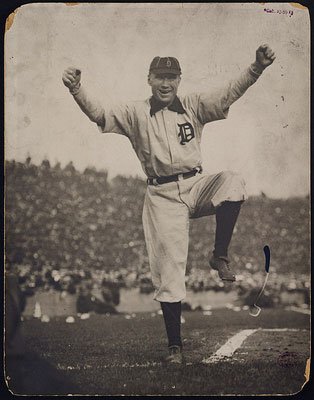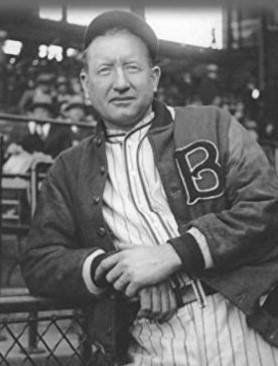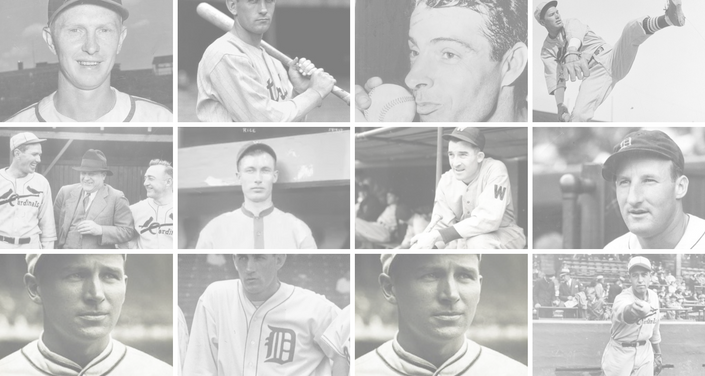Brooklyn Robins’ Frugal Proposal Rejected by National League
1916 – The National League turns down a request from Brooklyn Robins owner Charles Ebbets, who had wanted to impose a limit of 2,000 seats that clubs can sell for 25 cents. The Boston Braves have 10,000 such seats, the St. Louis Cardinals 9,000, the Philadelphia Phillies 6,500, and the Cincinnati Reds 4,000.








